The memories of Mexico will always be so vivid. We spent in this magnificent country eleven months and we are now recalling all our memories.
Mexico is a vast land of glorious Maya heritage, colourful picturesque towns, traditional villages still keeping old rituals, language and beliefs, thick jungles, deserts covered with cactuses, mountains and spectacular volcanos, endless white and golden sandy beaches, sparkling waterfalls, gorgeous rivers and cenotes (magic natural underground reservoirs of clear water in Yucatan), and last but not least the unique Mexican cuisine.
How could we write about all this beauty in one post?
What was the best? What did we like the most?
We’ve decided to divide the best of Mexico into parts, starting with what fascinated us the most, the Maya sacred archaeological sites.
Who were the Mayas?
The Maya history goes back about 4,000 years to what is called the Preclassic period, when the mysterious civilization originated in Americas, reaching its peak from 250 to 900 A.D. in the Classic period.
Then, the Maya civilization consisted of more than 40 cities spreading across Mexico, Guatemala and northern Belize. At its peak, the total population reached about 2 million, with the majority living in today’s Guatemala.
Stunning Calakmul
The cities served mainly as ceremonial and trade centers, whereas most Mayas were farmers living in villages close to the cities.
The Mayas elaborated their written hieroglyphic language. Hieroglyphics were carved into stone monuments or pieces of bone, painted on pottery, and written in books made of bark paper.
They invented calendars including an accurate 365-day one that was divided into 18 months of 20 days each, followed by a five-day period that was considered to be highly unlucky.
The Mayas developed the mathematical concept of zero, marked planets and stars and were able to predict solar eclipses.
Their knowledge of astronomy was enormous. They were especially interested in the movements of the planet Venus; the Maya rulers scheduled wars to coordinate them with the movement of the Venus.
They used astronomy to build pyramids and temples without metal tools and the monuments were designed according to movements of Venus, the Sun or the Moon.
Palenque
The Mayas worshipped three main gods, Itzamná, the creator, the god of the fire and the hearth. The second one was Kukulcán (the Feathered Serpent), god of four elements, who appears on many temples and was later adopted by the Toltecs and Aztecs as Quetzalcoatl. The third god, Bolon Tzacab, was the god of royal descent.
Maya rulers were regarded as semi divine.
Shamanism was an important part of the life.
Religious rituals included dancing, competition, ball games, dramatic performances, prayers and human sacrifice that seemed to be a central Maya religious practice. The gods were thought to be nourished by human blood, and those rituals were a way of making contacts with them.
Today’s Maya performing a ritual at Calakmul
After 900 AD, the Maya culture declined dramatically and most of the cities in the south of Mexico were abandoned. Only the settlements in Yucatan peninsula (such as Chichén Itzá, Tulum and Uxmal) continued to flourish at the beginning of the Post-Classic Period (900–1519) and Maya integrated into Toltec society.
Today’s descendants of the Mayas still keep many of their ancient traditions and beliefs.
There is no clear explanation why this mysterious civilisation collapsed, most of the cities were abandoned and the Maya left for jungles. It is believed that wars, draught and famine or disease might have caused the decline.
The real and main causes will probably remain a mystery.
The following six Maya archaeological sites are the ones we loved the most and would recommend you to visit when you travel to Mexico.
We’ve added information on how to get to each of these Maya ruins. Five of them are visited daily by many people and the access to them is easy. Calakmul is the only one that is remote and off the beaten path which makes the place extraordinary.
6 fascinating Maya ruins in Mexico you must visit
Chichén Itzá
Chichén Itzá, once the center of Maya empire in Americas, is the most important and the most visited archaeological site of the Maya and Toltec civilization in Yucatán, Mexico.
The Mayas settled in the area of 5 square kilometers between 750 and 1200 A.D., the Toltec warriors migrated to Chichén Itzá later from Mexican plateau.
Chichén Itzá was not only a religious and ceremonial site but also a sophisticated urban center and a hub of regional trade in Yucatán. It became a powerful capital controlling northern and central Yucatán.
The only permanent water source at Chichén Itzá were sinkhole wells. Spanish records report that young female were thrown into the wells to be sacrificed to the Maya god go the rain. Their bones and jewellery have been found by archaeologists.
The monumental architecture reflects both the original influence of Maya world and later elements of a stone architecture and carvings of the Toltec Empire.
The main masterpieces of Chichén Itzá include Temple of Kukulkan (El castillo), Temple of the Warriors and Great Ball Court.
The Temple of Kukulkan ( El Castillo ) demonstrates the accuracy of Maya astronomy. It has 365 steps and four sides, each with 91 steps, and the top platform makes the 365th.
Twice a year, on the day of the spring and autumn equinox, a shadow falls on the pyramid in the shape of a serpent. As the sun sets, this shadowy snake descends the steps to join a stone serpent head at the base of the great staircase.
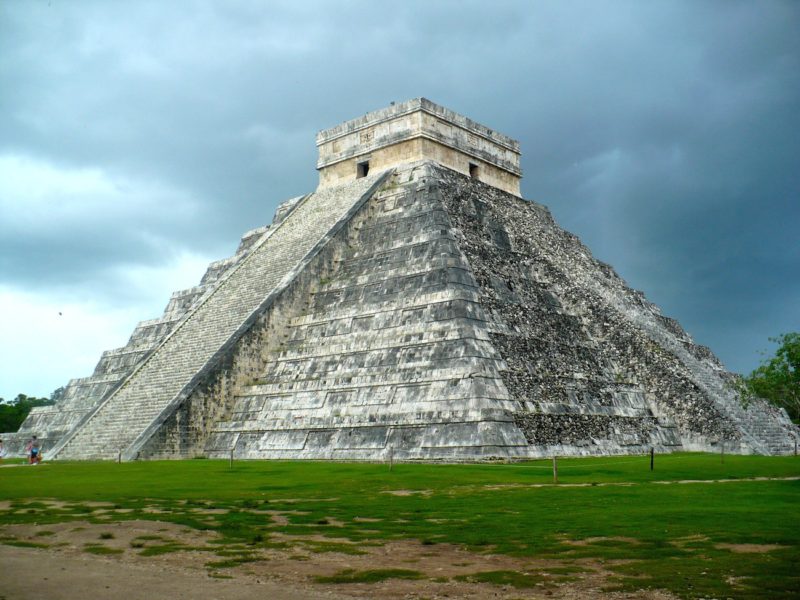 The Temple of Kukulkan Chichén Itzá
The Temple of Kukulkan Chichén Itzá
The Temple of the Warriors (the Temple of Thousand Columns) is a large stepped pyramid fronted and flanked by rows of carved columns depicting warriors. On top of the temple, there is a stone on which steaming human hearts were offered to the gods.
Great Ball court is the largest of ball courts known in the Americas. It is 168 meters long and 70 meters wide.
During ritual games, players tried to hit a 5.4-kilogram rubber ball through stone scoring hoops set high on the court walls. Losers were sacrificed.
How to Get To Chichén Itzá
You can get to Chichén Itzá by bus from Cancun, Merida, Playa de Carmen, Tulum or Valladolid. Check out timetables of buses and prices on ticketbus.com.mx. Get the best hotel deals on Agoda.
Palenque
The mysterious Maya city is set on the foothills of the Tumbalá mountains of Chiapas, Mexico.
These Maya ruins date from approximately 226 BC to AD 799.
Palenque is smaller than Chichén Itzá, but it contains some of the most outstanding architecture, sculptures and carvings that the Maya created.
Once the ancient city of Palenque was abandoned around the 9th century, the thick jungle covered its temples and palaces. The discovered area covers 2.5 sq. km but it is believed that 5,5 sq. km of the city is still hidden in the jungle.
One of the largest and best-preserved structures, the Temple of the Inscriptions, is important for its hieroglyphic inscriptions.
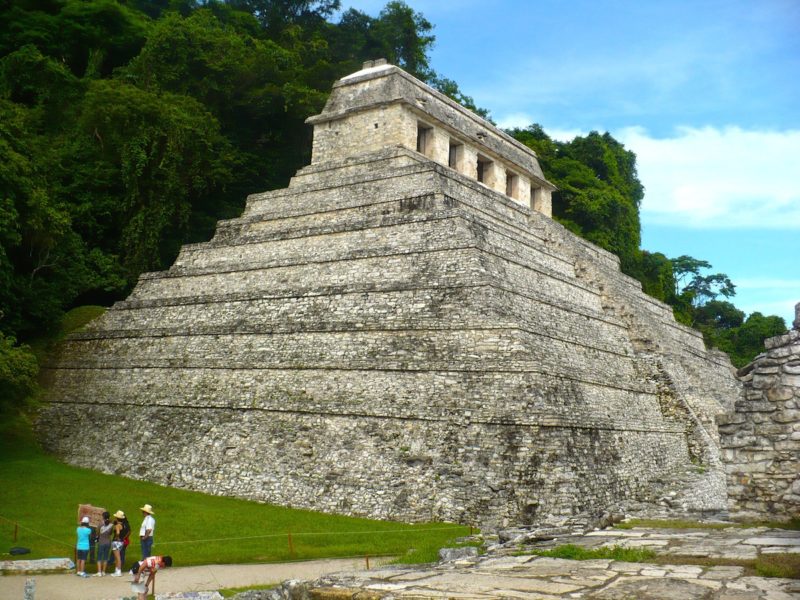 Temple of Inscriptions Palenque
Temple of Inscriptions Palenque
How to get to Palenque
Palenque is located in Chiapas, the southernmost state in Mexico, a 2 hour drive from the Villahermosa airport, 12 hours from Cancun, 6 hours from Merida, 5 hours from San Cristobal de las Casas, 2.5 hours from Bonampak, 3 hours from Tonina.
From Cancun you can take an overnight 2nd class bus to Palenque (14 hours), or an overnight 1st class bus (12,5 hours). Another option is to fly from Cancun to Villahermosa (VivaAerobus, 1 hour and 20 min.) and then take a local bus from the bus station (about USD 25) or a taxi (about USD 100) to get to Palenque.
There are also flights from Mexico City to Palenque with Interjet but they don’t fly every day and the cost is about 150 USD one way.
Check out the best deals of hotels on Agoda and hostels on Hostelbookers.
Calakmul
Set in endless jungles of Biosphere reserve close to the border with Guatemala, remoted and spectacular, Calakmul is a unique and outstanding settlement of 6 750 ancient structures spreading out on 70 000 sq km. Paths were made to access only a part of it. The rest remains covered by the jungle.
Calakmul itself had an estimated population of 50,000 people. The kingdom included 20 centres and rural settlements with 1, 5 million inhabitants, and played a key role in the region, flourishing between 400 BC to 900 AD.
The central plaza consists of a large group of platforms and buildings and a similar, a bit smaller group lies in the east.
These Maya ruins are surrounded by an extensive network of canals and reservoirs.
Before arriving to the ruins, there is a great museum that explains highlights of the site, the biosphere and indigenous plants.
We liked Calamul the most of all the Maya ruins that we explored in Mexico. That place is magical and gives you deep feeling of ancient times.
We were wandering in a jungle, discovering huge impressive pyramids and parts of the old city, climbed up the pyramids and could see tops of others in the distance, spread out in the jungle.
We were very lucky when we visited Calakmul. There were only the two of us and we could even witness a ritual of four Maya people by the main site, who were praying and singing.
All of this was a mysterious experience.
How to get to Calakmul
There are buses from Cancun, Tulum or Playa del Carmen stright to Xpuill, or you will have to go to Chetumal first and change for Xpujil there. Check out ADO buses to get to Chetumal.
In Xpujil, find a taxi (900 pesos a round trip, 3 – 4 hours), the driver will be waiting for you while you will be exploring Calakmul. Agree on time with the driver, the site is incredibly vast. We would recommend you to spend 6 – 7 hours to explore the amazing Calakmul. It is good to leave Xpujil early in the morning after spending a night in Xpujil. You will find basic cabanas west of the town and also other accommodation (hotels) in this small town. Book your stay on Booking.com.
Take water and food for the trip with you, you cannot buy anything at Calakmul.
Uxmal
The Maya town of Uxmal in Yucatán was founded 600 A.D. on 60 hectares of savannas and forests, reaching its peak from 800 to 1000 A.D. before the invasion of the Toltecs.
The impressive Magician’s pyramid (Pyramid of the Dwarf) is unique among Maya pyramids because of its rounded sides, height (27,5 metres) and steepness.
The Mayas gained the water from nearby cenotes and collected rain water. The main central pyramid is decorated with symbols of Chaac, the god of rain.
The Pyramid of the Magician
How to get to Uxmal
The easiest way is to get to Uxmal is to take a bus from Merida (explore this beautiful city too), it takes about one hour. Check the timetables from Merida and back, they change from time to time. Check out hostel and hotel prices in Merida on Agoda.
Coba
Coba is a large group of sites, set close two big lagoons, connected with the central temple complex by Mayan ceremonial white roads. There are 50 roads, 16 of them are open to the public. The longest road measures 100 km and runs towards Chichen Itza.
The site spreads over 80 000 square kilometres and is still largely unexcavated.
The Mayas settled in Coba 100 A.D. and reached the highest productivity between 600 and 900 A.D., trading extensively with other Maya communities, trying to get the power over Chichen Itza.
Archaeologists estimate that 6,000 sites are hidden in jungles. Only three settlements are open to public.
Nohoc Mul in Coba is the largest pyramid in Yucatan (120 steps, 41,75 m). If you climb it you have an excellent view of jungles and other pyramids, as well as from the top of Grupo Coba pyramid that is close to the entrance.
Nohoc Mul
Rent a bike or hire a tricycle to explore the area.
Visit Choo Ha and Tamchaha cenotes that are a short drive from the main entrance.
How to get to Coba
There are morning buses going to Coba from Cancun, Playa de Carmen and Tulum. Two buses leave Maya ruins of Coba in the afternoon back to Cancun.
Tulum
The beautiful archaeological site is situated on 12-meter tall cliffs on the east coast of Yucatán Peninsula. The name of Tulum was Zama and meant”place of the dawning sun”.
Tulum reached its importance between 1000 and 1600 A.D. and it was a place of Maya elite.
Some of its beautiful main structures are the Temple of the Frescoes, the Castillo pyramid and the Temple of the Diving God.
The atmosphere is intensified by the nearby turquoise water of the sea that is framed by a splendid white sand beach.
How to get to Tulum
It takes an hour by bus From Cancun to Tulum. From Playa de Carmen 30 minutes by bus or a ‘collectivo’. Get off at the intersection before arriving to Tulum and walk 1,5km to the ruins. Buses and collectivos run frequently. If you stay in Tulum, rent a bike and cycle to the archaeological site. Compare prices of accommodation in Tulum on Booking.com.
Another useful website for booking accommodation in Mexico is Airbnb (receive 25 USD off your first stay anywhere in the world if you sign up through this link).
Are you travelling to Mexico and want to know which Mexican towns are well worth visiting? In that case, don’t forget to read our post 5 Intriguing Mexican Towns You Will Love.
Do you like our post? Follow us on Facebook for new blog posts, travel tips and photography by LIKEing our Facebook page.
We’re also on Instagram and Twitter.
Have you visited any of the Maya ruins in Mexico?
Which Maya ruins did you like the most?
Did you like this post? Would you like to stay up to date with our new adventures?
Just ‘Like’ our Facebook Page – and we will keep you informed!

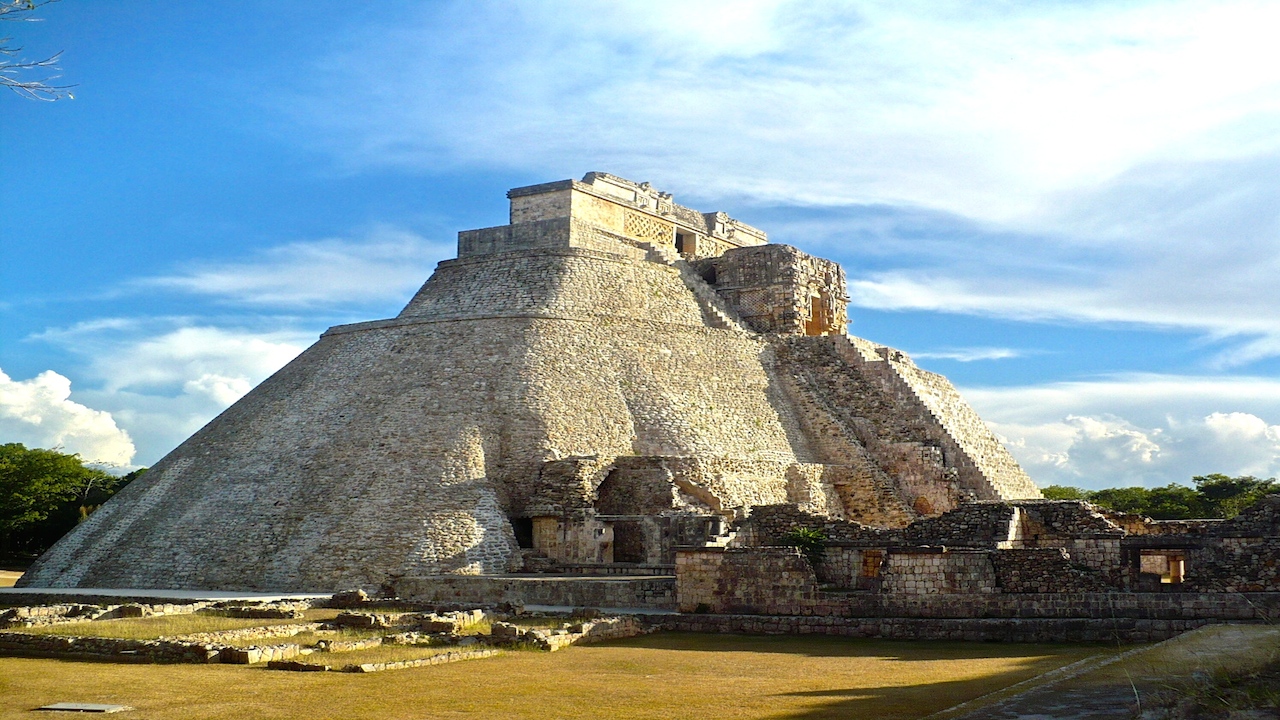
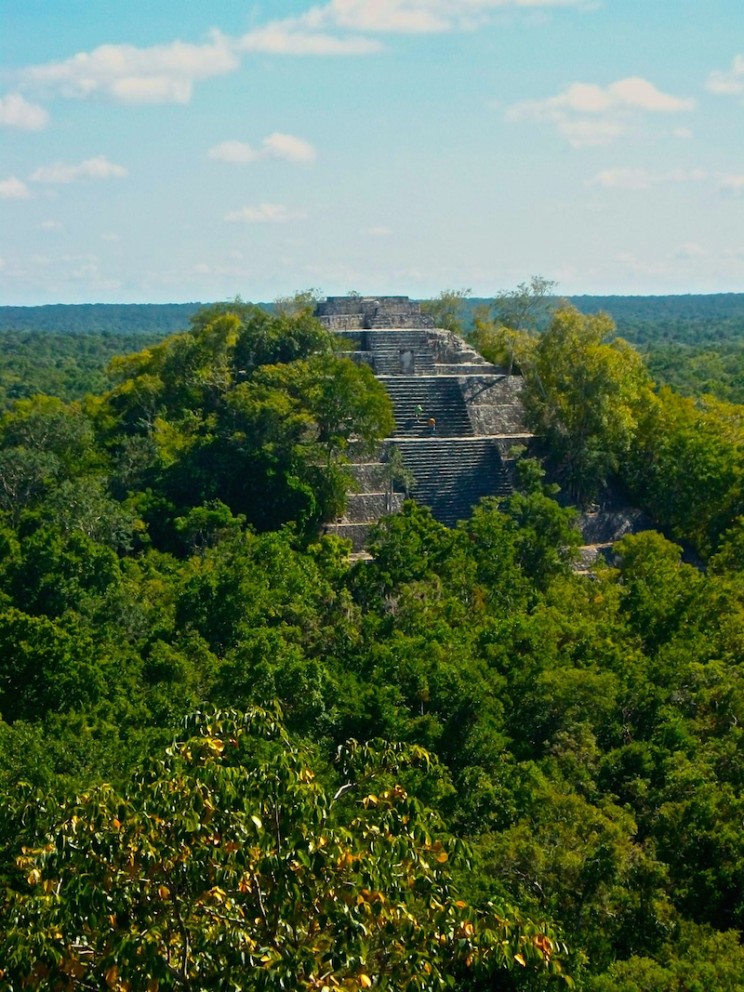
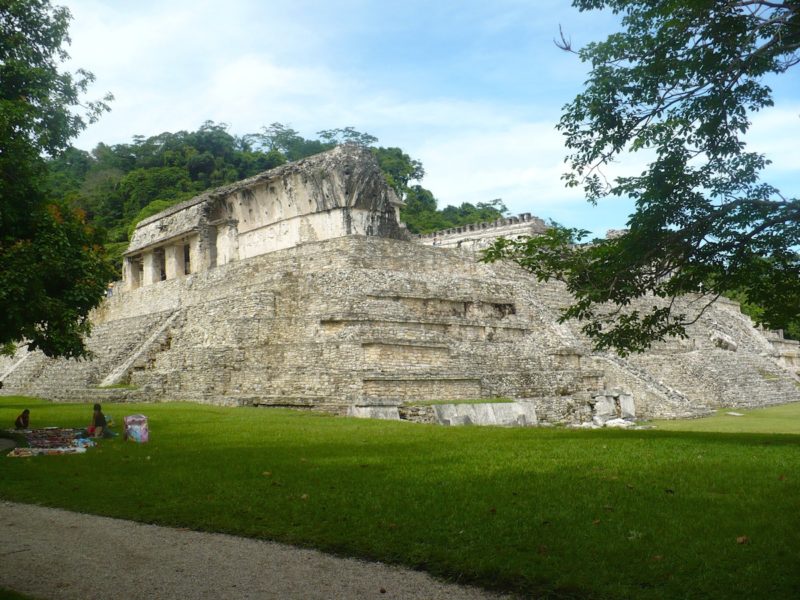
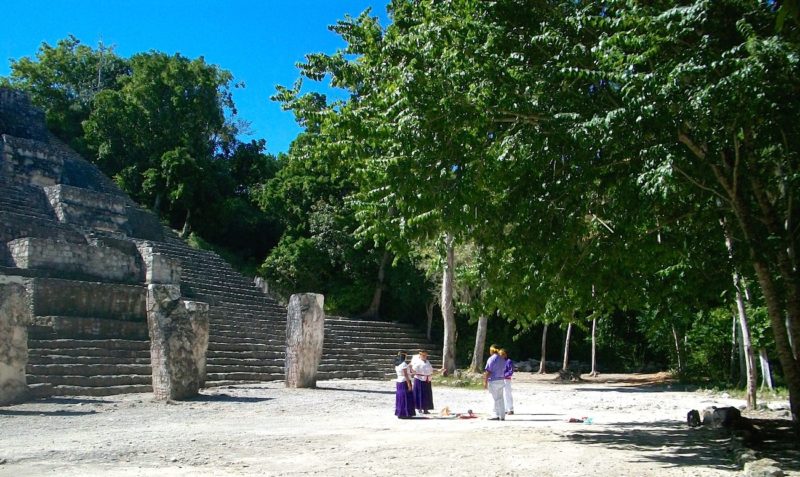
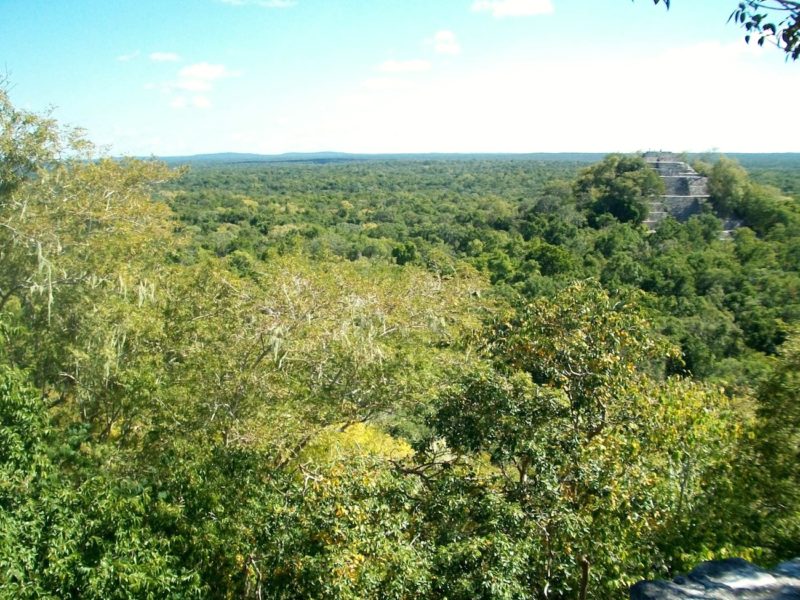
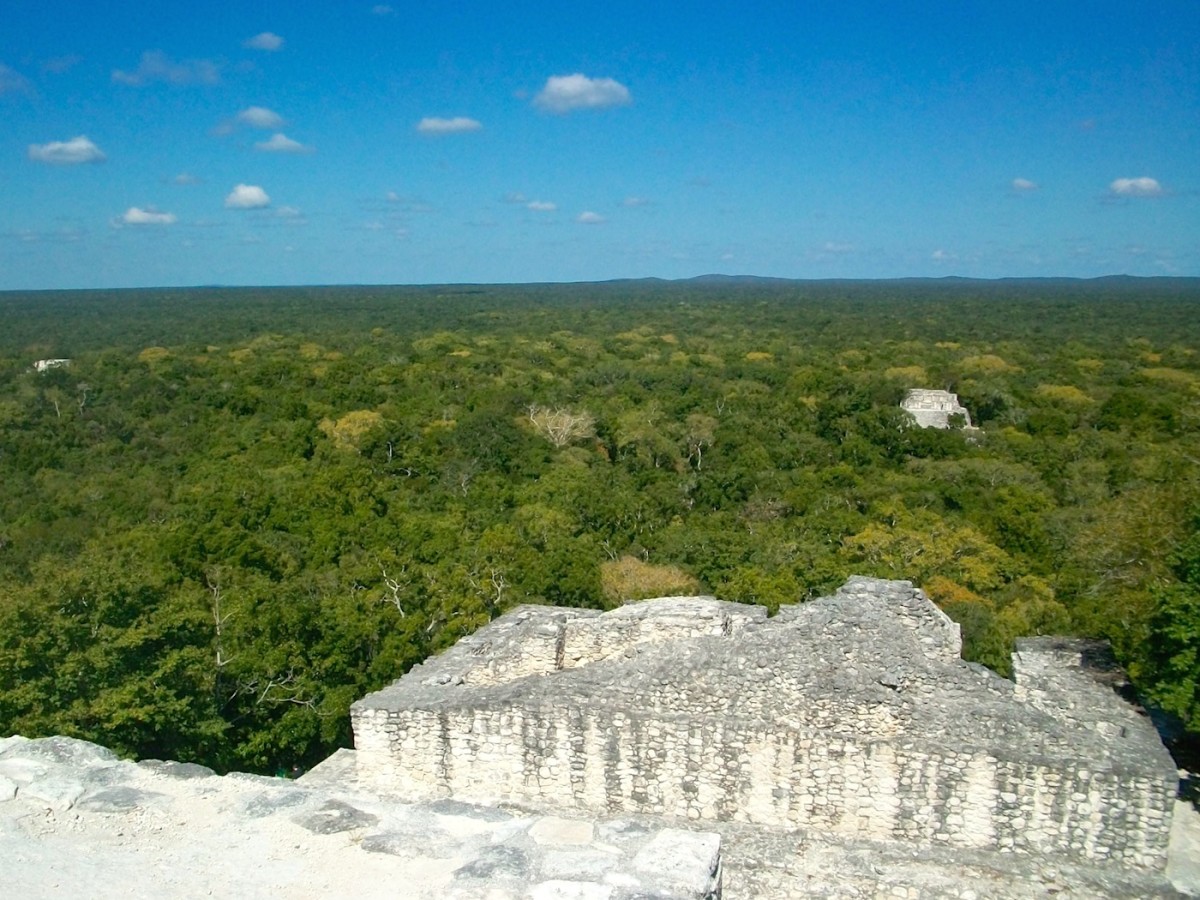
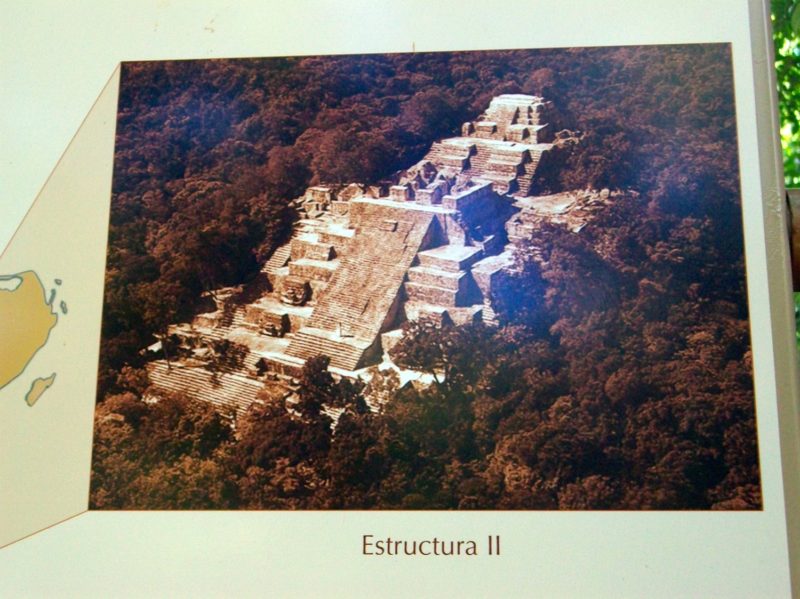
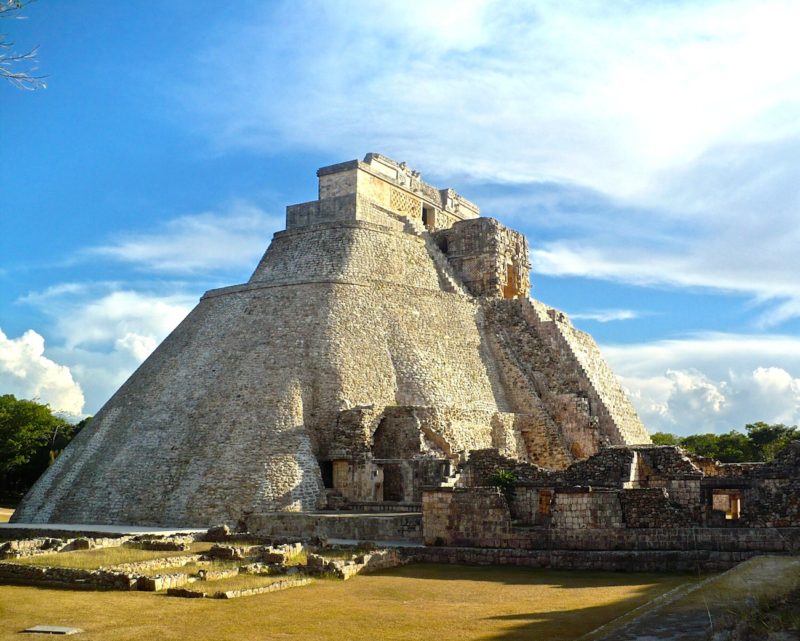
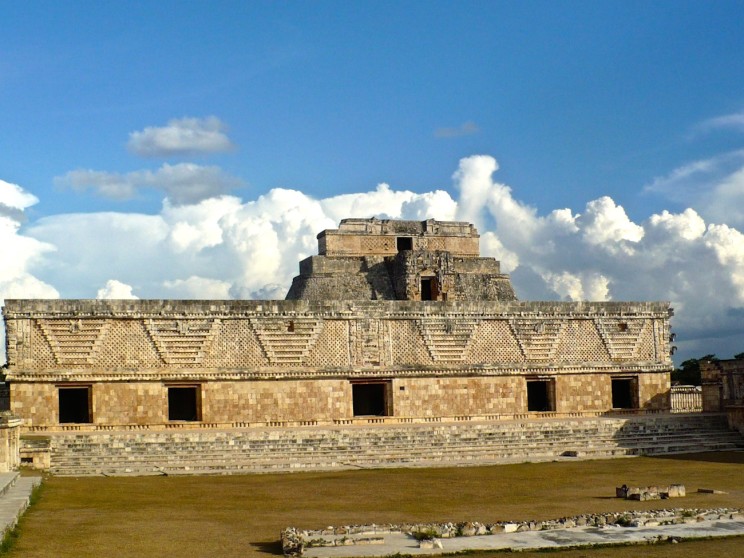
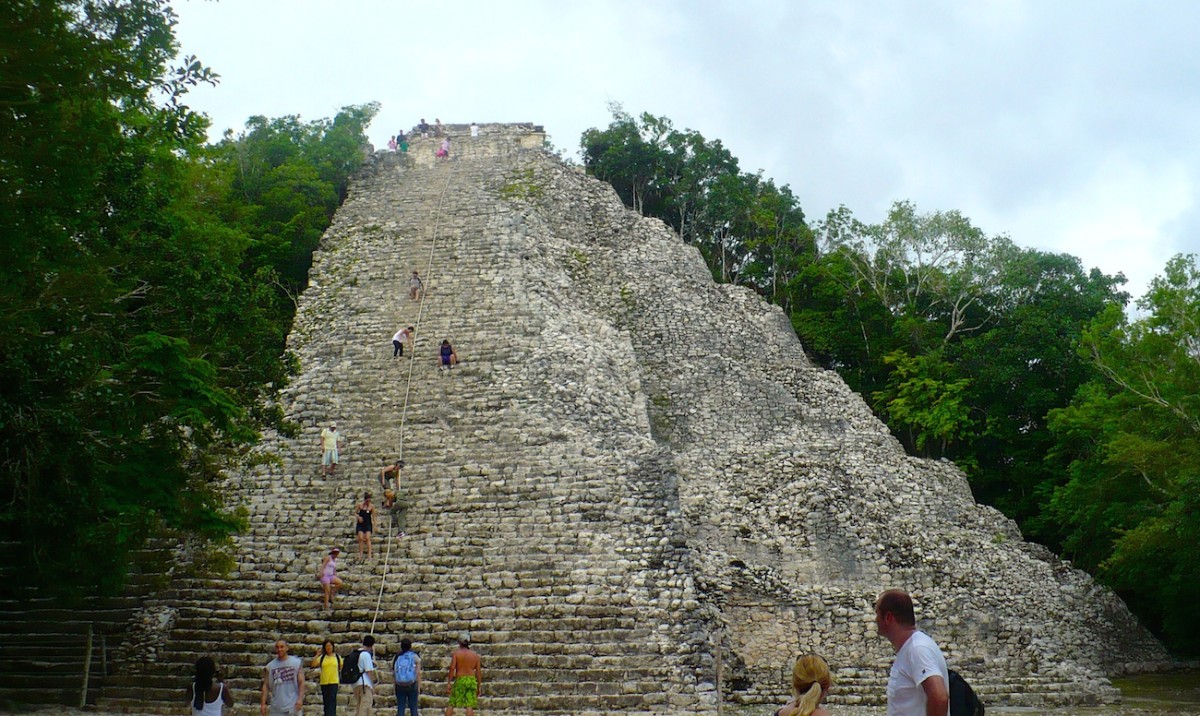
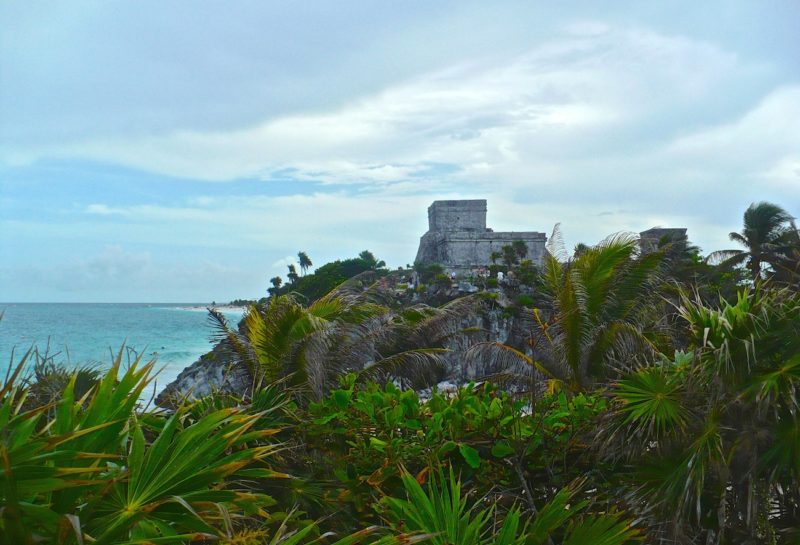
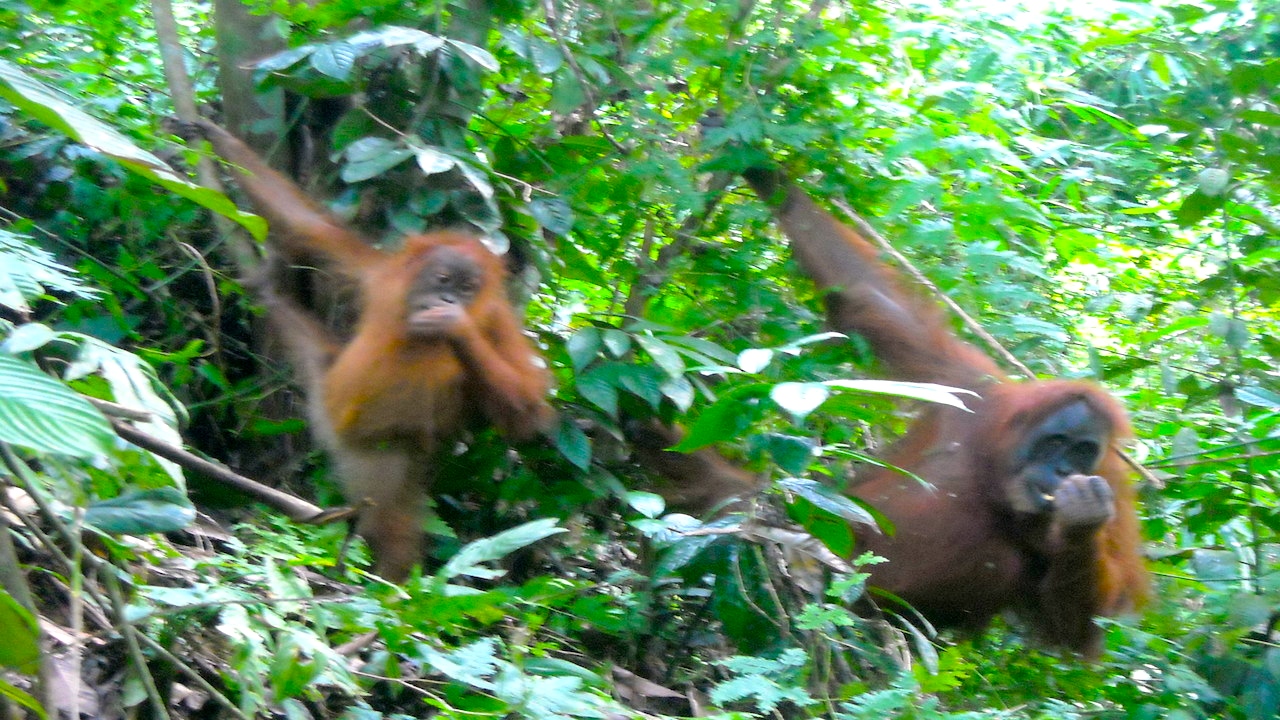
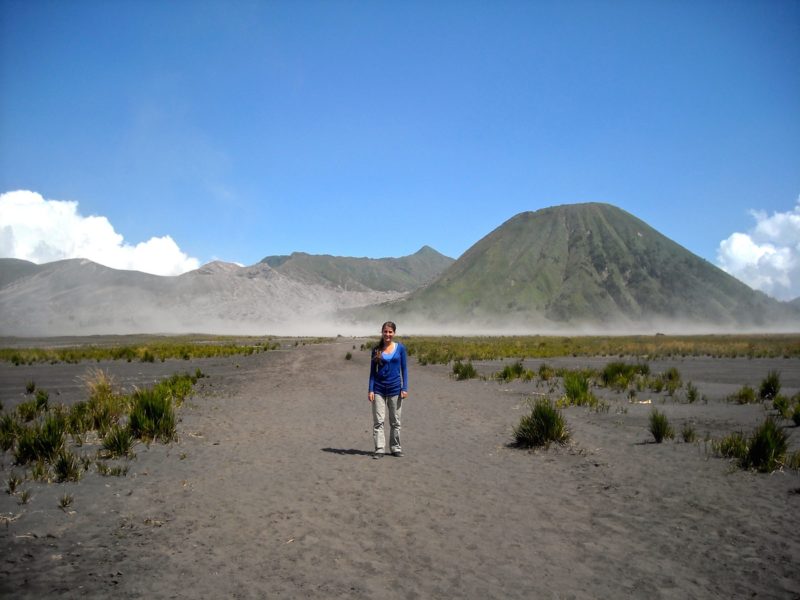
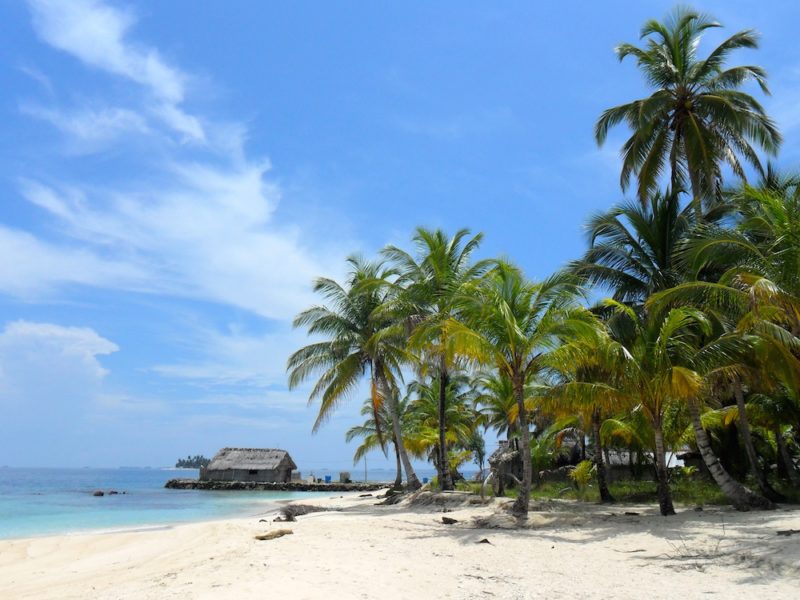
Elizabeth
Just came across your blog today! I’ve visited 4/6 that you mention above and my favourite has got to be Uxmal. It was extensive, and great for climbing and exploring. Plus, it was one of the less busy sites that we visited but yet one of the most impressive!
Simply Nomadic Life
ElizabethHello, we are sorry for our late answer to your comment! It has fallen into spams and we didn’t notice it until today.
Yes, Uxmal was fabulous. We liked Kalakmul the most. And we loved Tikal in Guatemala too. Both of these sites are real gems hidden in rainforest and visited by only a few people a day.